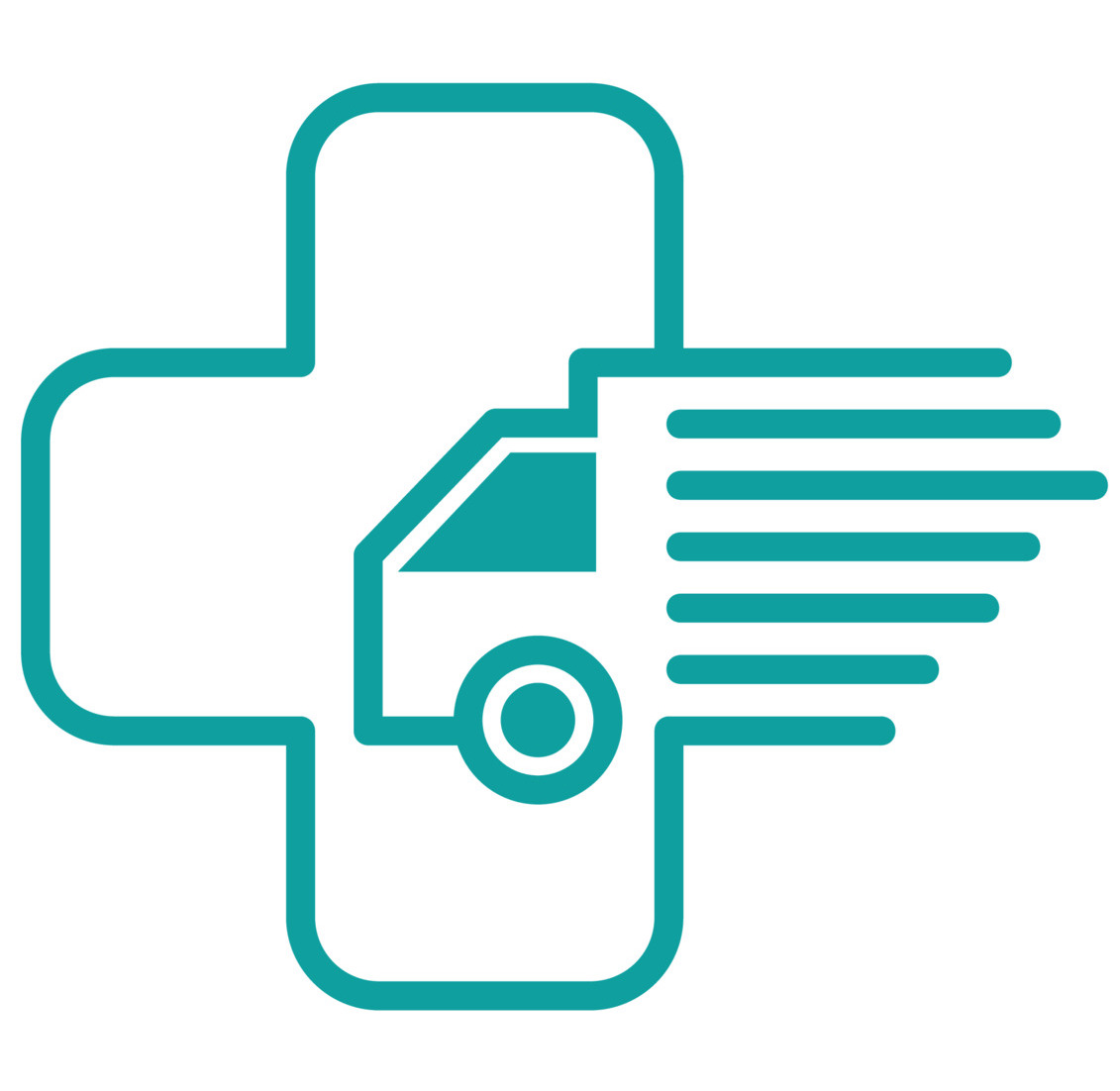Types of Hip Replacement Surgeries, Surgical Approaches, and Physiotherapy Plans (Home Visit Rehab in Melbourne)
Hip replacement surgery is life-changing — but the recovery journey is just as critical. At After Hours Physio, we specialise in urgent in-home physiotherapy for hip replacement patients across Melbourne. Whether it’s after-hours, weekends, or just too painful to travel, we bring the care to your doorstep.
This guide covers:
- The types of hip replacement procedures
- The different surgical approaches (anterior, lateral, posterior)
- The home-based physiotherapy treatment plans
- Key rehab precautions depending on the approach used
🦴 Types of Hip Replacement Procedures
1. Total Hip Replacement (THR)
Both the ball (femoral head) and socket (acetabulum) are replaced.
Indications: Osteoarthritis, rheumatoid arthritis, advanced joint damage.
2. Partial Hip Replacement (Hemiarthroplasty)
Only the femoral head is replaced.
Indications: Hip fractures, especially in elderly patients.
3. Hip Resurfacing
The femoral head is preserved and capped with a metal prosthesis.
Indications: Younger, more active patients with strong bone quality.
4. Revision Hip Replacement
A corrective surgery to replace a failed or worn-out implant.
Indications: Implant loosening, infection, or dislocation.
🏥 Surgical Approaches: Anterior vs Lateral vs Posterior
Surgeons can access the hip joint from different angles, and each approach impacts post-op precautions and rehabilitation strategy. As a mobile physio service, we tailor our home visit rehab plans based on the approach used.
🔸 1. Anterior Approach
Access: The hip is reached from the front, sparing major muscles.
Pros: Less muscle disruption, lower dislocation risk, faster early mobility.
Cons: Risk of damage to lateral femoral cutaneous nerve (numbness, tingling in thigh).
Post-op Precautions:
- Avoid excessive hip extension and external rotation
- No stepping backwards or excessive lunging
- Avoid prone lying early on
Home Physio Focus:
- Early gait retraining with safe movement education
- Bed mobility and sitting strategies to avoid hip hyperextension
- Strengthening quads and hip flexors gently
🔸 2. Lateral Approach
Access: Through the side of the hip, involves cutting through the gluteus medius.
Pros: Lower dislocation rates than posterior approach.
Cons: Potential for abductor weakness and limp during early stages.
Post-op Precautions:
- Avoid active abduction early if the glute medius was cut
- Avoid lying on the operated side too soon
- Caution with stairs, uneven ground
Home Physio Focus:
- Gentle glute activation as healing permits
- Walking re-education to prevent Trendelenburg gait
- Lateral stability exercises and safe transitions (e.g., in/out of bed)
🔸 3. Posterior Approach
Access: The hip is accessed from the back, requiring the cutting of external rotators.
Pros: Common approach, great visibility for surgeons
Cons: Higher risk of dislocation due to disruption of posterior capsule
Post-op Precautions:
- Avoid hip flexion past 90°
- No internal rotation or crossing legs (no sitting cross-legged)
- Use elevated chairs and toilet seats
Home Physio Focus:
- Reinforcing hip precautions daily during common tasks (e.g. getting dressed)
- Educating caregivers or family about safe transfers
- Controlled glute and hamstring activation as tolerated
🏡 After-Hours Home Physio Rehab Plans by Procedure
We adapt all plans based on the surgical type and approach, current pain levels, and your home environment. Below is a simplified overview:
🕒 Week 1–2 (Home Physio Goals)
- Pain/swelling management (ice, positioning)
- Mobility training with walker or crutches
- Reinforcing precautions based on approach
- Preventing complications like DVT or pneumonia
🕒 Week 3–6 (Progressive Strength and Movement)
- Transitioning to cane or walking independently
- Beginning light strengthening (glutes, quads, abductors)
- Encouraging independence in daily activities
- Ongoing education for safe movement around the home
🕒 Week 6–12+ (Advanced Rehab)
- Tailored strength and balance program
- Falls prevention education
- Return to hobbies or modified physical activity
- Ongoing pain and stiffness management if required
💬 Why Choose After Hours Physio for Post-Hip Replacement Recovery?
✔️ Urgent, mobile physiotherapy at your home — evenings, weekends, or holidays
✔️ Experienced with all hip replacement approaches and precautions
✔️ Support during high-pain periods when travel is unsafe or impossible
✔️ We coordinate with your surgeon or GP if needed
✔️ Serving Melbourne suburbs like Blackburn, Kew, Doncaster, Box Hill, Surrey Hills, Camberwell, and more
📞 Need Help After Hip Surgery?
If you’re recovering from hip surgery and need urgent home physio care in Melbourne, After Hours Physio is here to help. We come to you — even after hours — to support your recovery with safe, evidence-based care tailored to your surgical type and approach.
Call now or book online to arrange your first in-home visit.
